5 ways the Galaxy Z Flip destroys the Motorola Razr
The Galaxy Z Flip beats the foldable Razr in pretty much every category
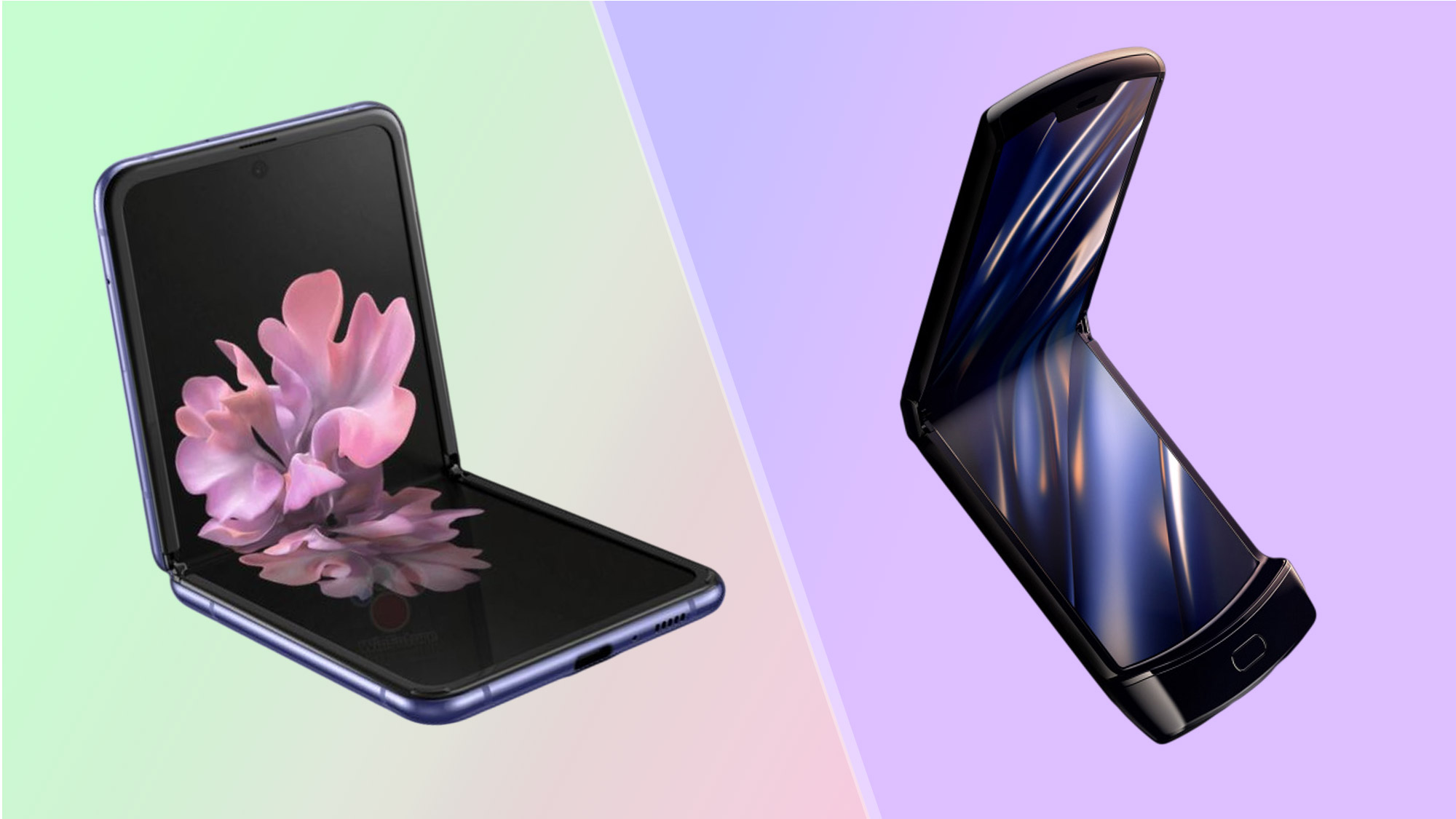
The return of the flip phone is off to a shaky start. Our Motorola Razr review is in, and this foldable phone clamshell is a mixed bag at best. The $1,500 phone sports a sleek design, and the Quick View display on the outside is a clever touch, but Motorola's latest phone suffers from several drawbacks, including mediocre performance, short battery life and a display that doesn’t look or feel very durable.
Can the upcoming Galaxy Z Flip fare any better, especially given that Samsungs’s Galaxy Fold didn’t light the world on fire? Yes. We'll know more when the smartphone is officially unveiled today (Feb. 11), but we already know a ton of details thanks to previous leaks and Samsung's own Oscar ad tease.
Here’s several ways the Galaxy Z Flip already beats the Razr.
1. A bigger display
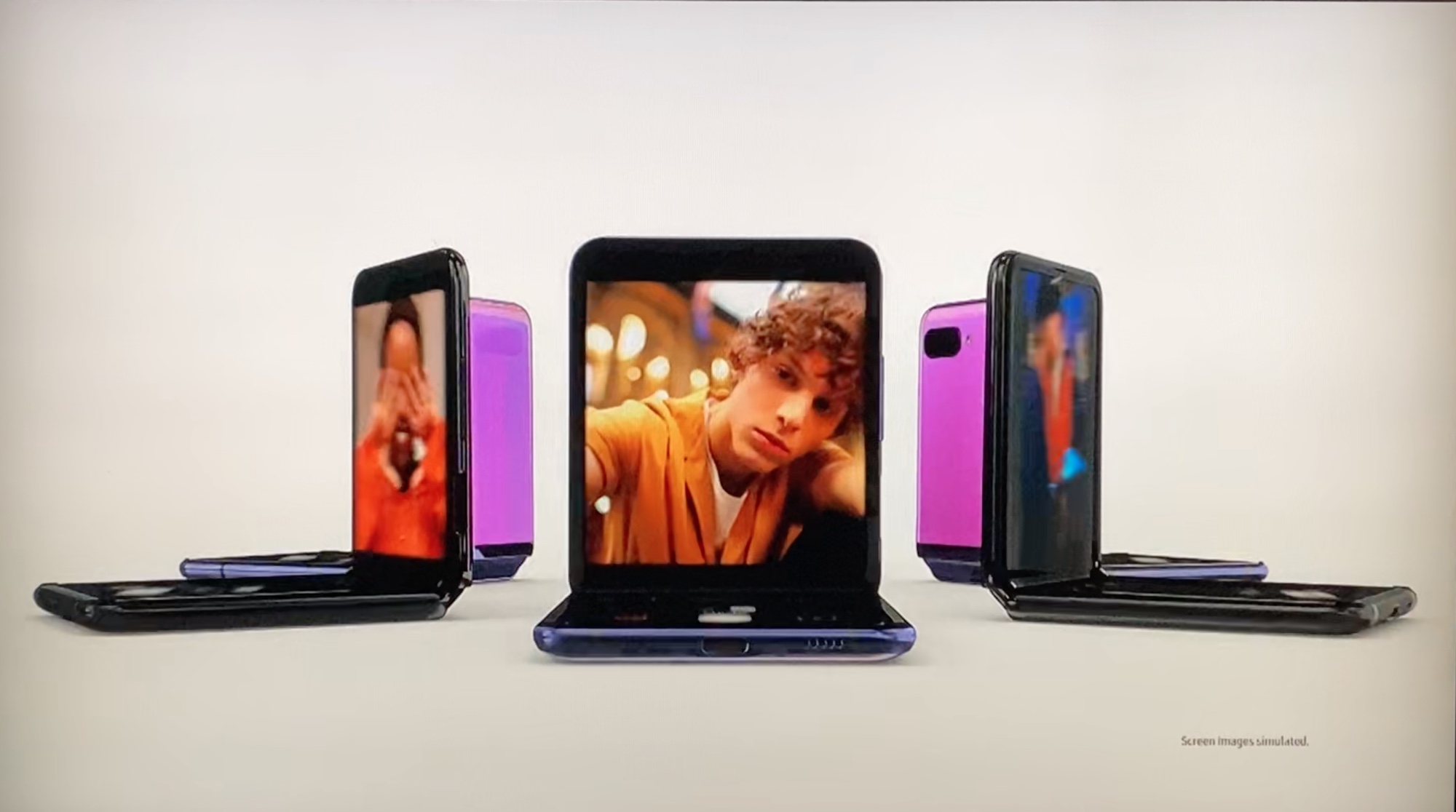
The Galaxy Z Flip will reportedly sport a fairly huge 6.7-inch display, which dwarfs the 6.2-inch OLED panel on the Razr. In fact, 6.7 inches is even bigger than the 6.5-inch iPhone 11 Pro Max. We’ll have to see how bright the Z Flip’s screen is, but we’re betting it’s more luminous than the 386-nit panel on the Razr. We prefer above 400 nits and ideally more than 500 nits.
2. Glass screen instead of plastic
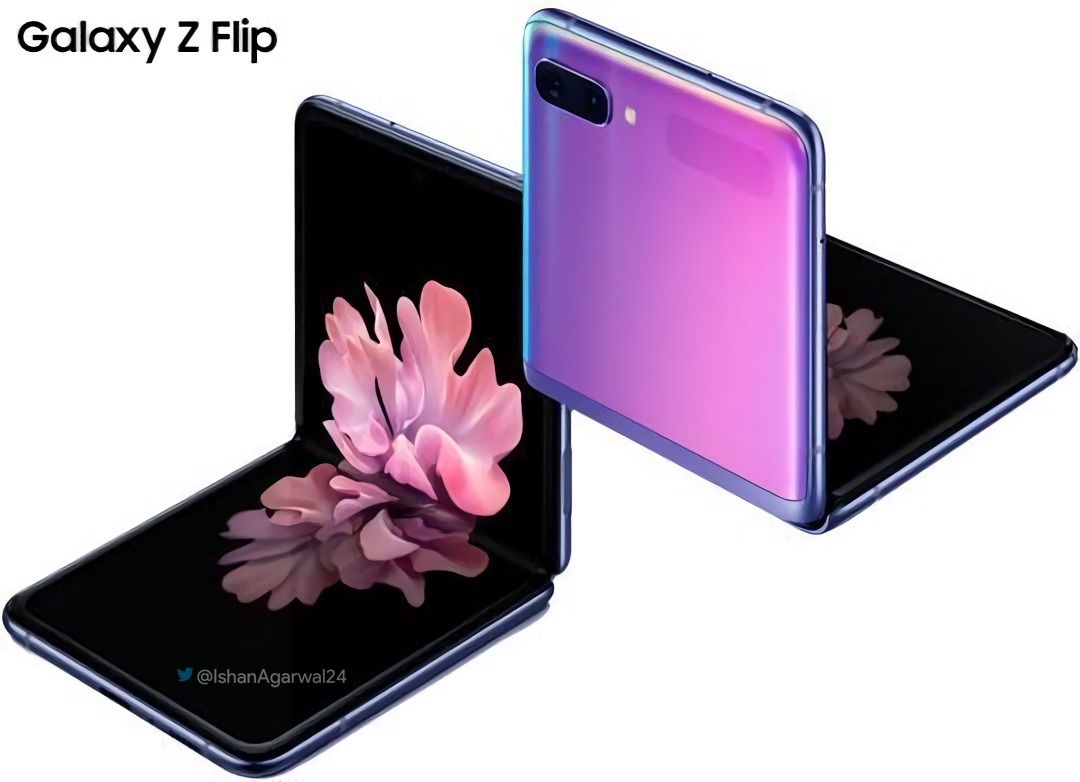
Motorola is transparent about the fact that the plastic foldable display on the Motorola Razr may show lumps or bumps, but that doesn’t make us feel any better about it. The Galaxy Z Flip could prove more durable with its leaked ultra-thin glass display. At the very least, we would expect to see less evidence of a crease and less dents in the screen over time. We’ll see.
3. Bigger battery
The Motorola Razr turned in one of the worst battery life times of any flagship phone in years, lasting a little more than 6 hours on our web surfing battery test. That's about half the runtime of the top handsets on our best phone battery life list. It shouldn’t be a huge surprise, as this phone packs a measly 2,510 mAh battery.
Meanwhile, the Galaxy Z Flip is expected to feature a 3,300 mAh battery. That’s not huge, but it is a step up from Motorola. What remains to be seen is whether Samsung’s bigger battery will be cancelled out by the Z Flip’s larger display.
Sign up to get the BEST of Tom's Guide direct to your inbox.
Get instant access to breaking news, the hottest reviews, great deals and helpful tips.
4. Better specs all around
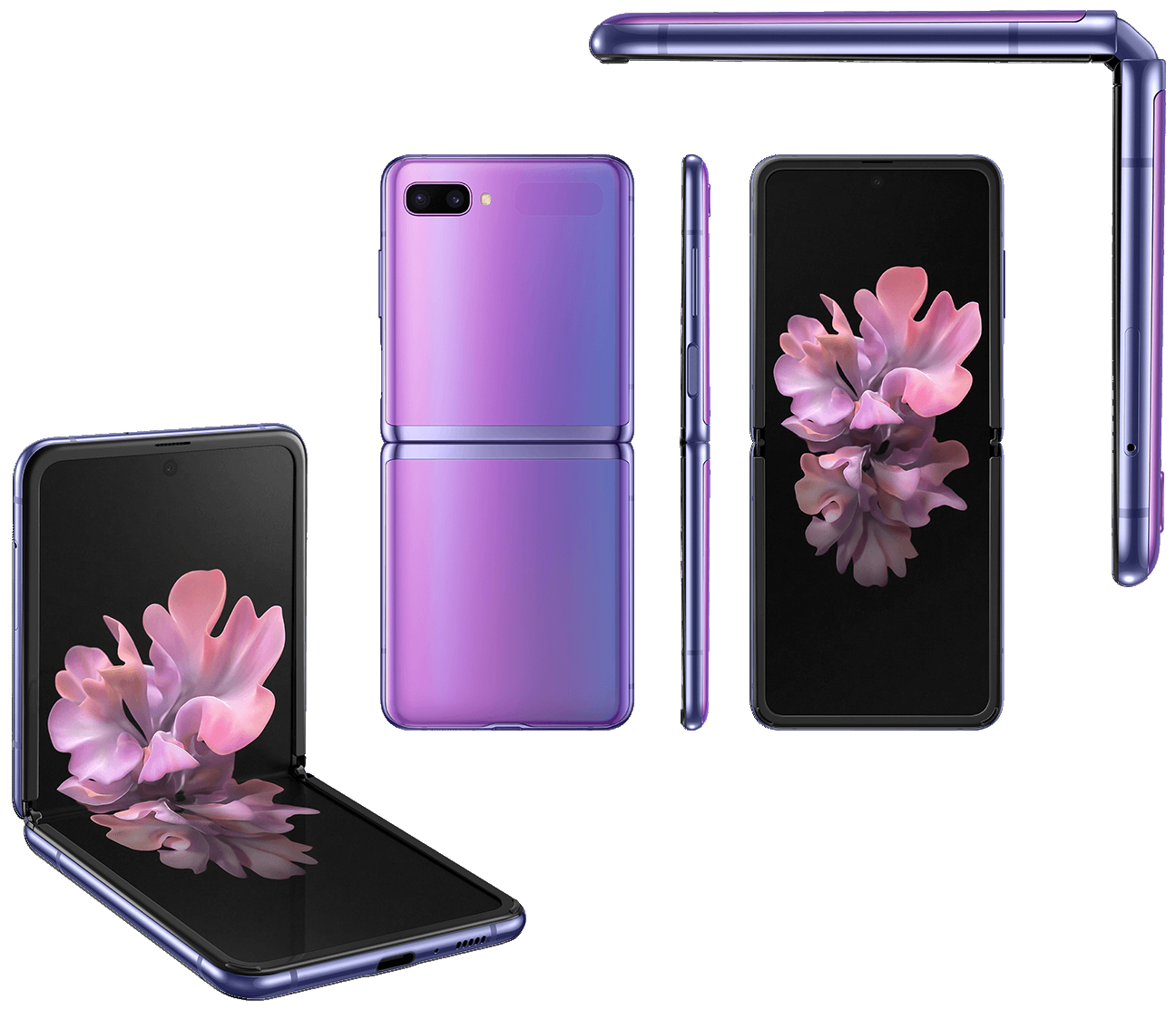
Shoppers looking for a foldable phone may care more about fashion than specs, but it doesn’t hurt that the Galaxy Z Flip beats the Razr across the board in this category. The Z Flip is reportedly powered by a Snapdragon 855+ CPU, which is the fastest chip inside 2019's smartphones. This processor isn't as cutting edge as the Snapdragon 865 slated for the Galaxy S20, but it beats the Snapdragon 710 in the Razr.
The Galaxy Z Flip should also have more RAM (8GB vs 6GB) and storage (256GB vs 128GB than the Razr. And if you’re paying this much for a phone, you’ll want something that feels a bit more future-proof.
5. Better cameras
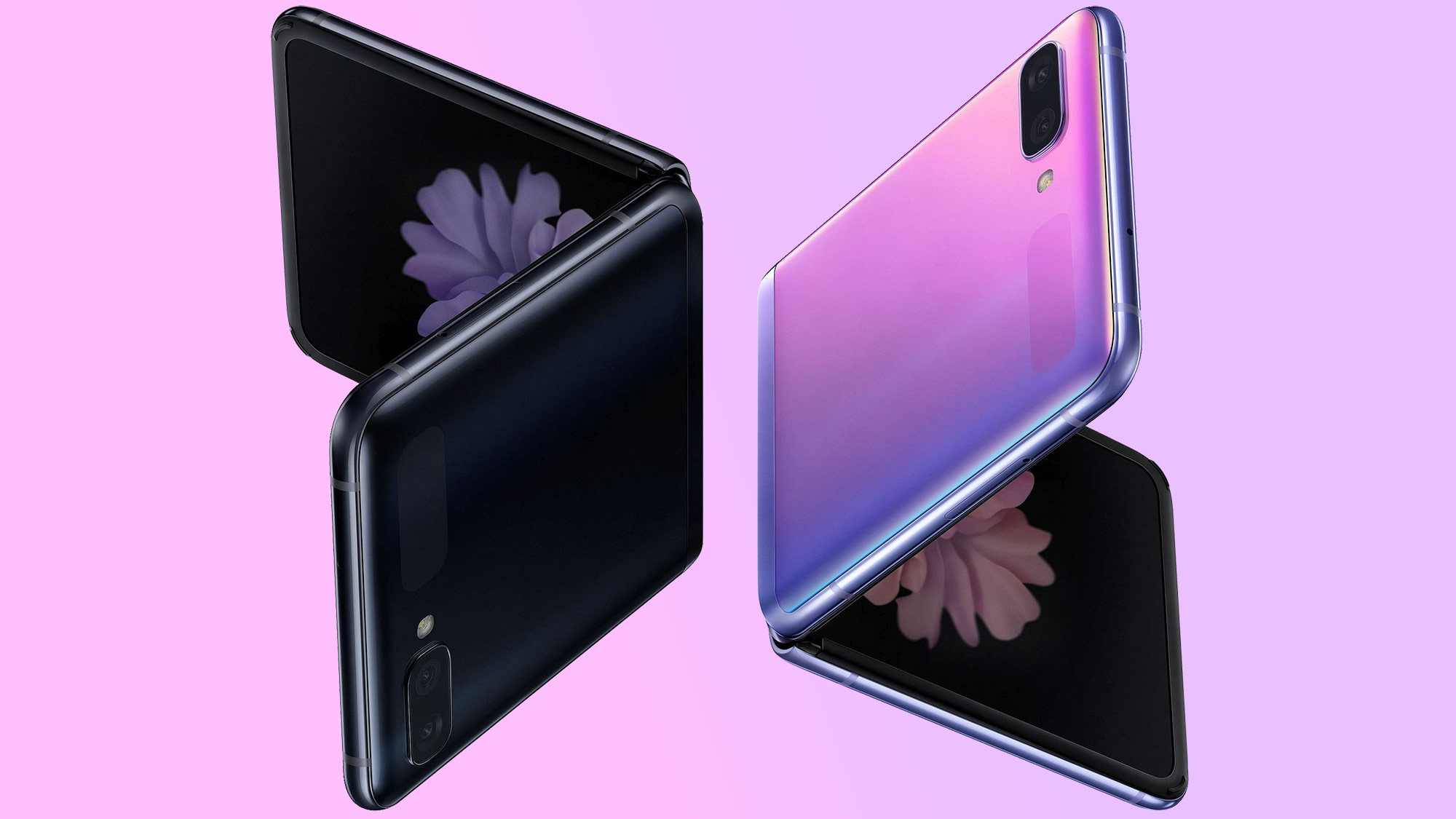
At least on paper, the Galaxy Z Flip should take better pictures than the Razr and give you more shooting options. The Z Flip should sport two main 12MP cameras, including an ultra-wide lens, while the Razr makes due with a single 16MP camera.
Up front, the Z Flip should have a 10MP camera, which doubles up the resolution on the Razr’s 5MP selfie cam. The Razr's camera did not wow in our review, so even if the Z Flip's cameras were Galaxy S10 caliber that would be a step up on Motorola.
Bonus: The Galaxy Z Flip should be (a little) cheaper
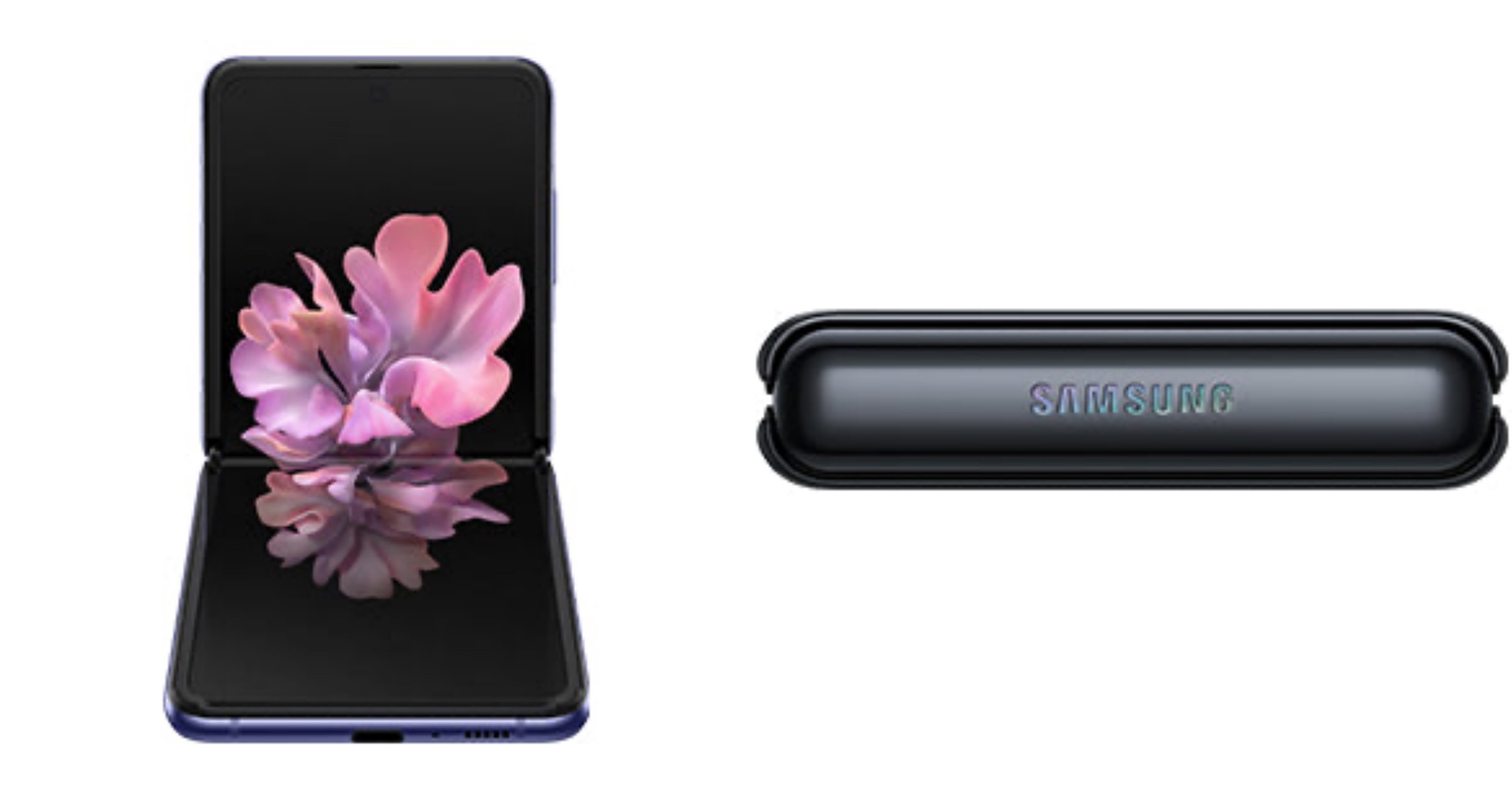
Rumors point to the Galaxy Z Flip starting at $1,400, compared to $1,500 for the Razr. That $100 delta doesn’t make a huge difference, but it does like like you should get more foldable phone for your money if all of the above rumored features and specs prove true.
Stay tuned for our hands-on Galaxy Z Flip review.
- Samsung Galaxy S20 review
- The best Android apps to download now
- These are the best wireless chargers for Android and iPhone
Mark Spoonauer is the global editor in chief of Tom's Guide and has covered technology for over 20 years. In addition to overseeing the direction of Tom's Guide, Mark specializes in covering all things mobile, having reviewed dozens of smartphones and other gadgets. He has spoken at key industry events and appears regularly on TV to discuss the latest trends, including Cheddar, Fox Business and other outlets. Mark was previously editor in chief of Laptop Mag, and his work has appeared in Wired, Popular Science and Inc. Follow him on Twitter at @mspoonauer.

